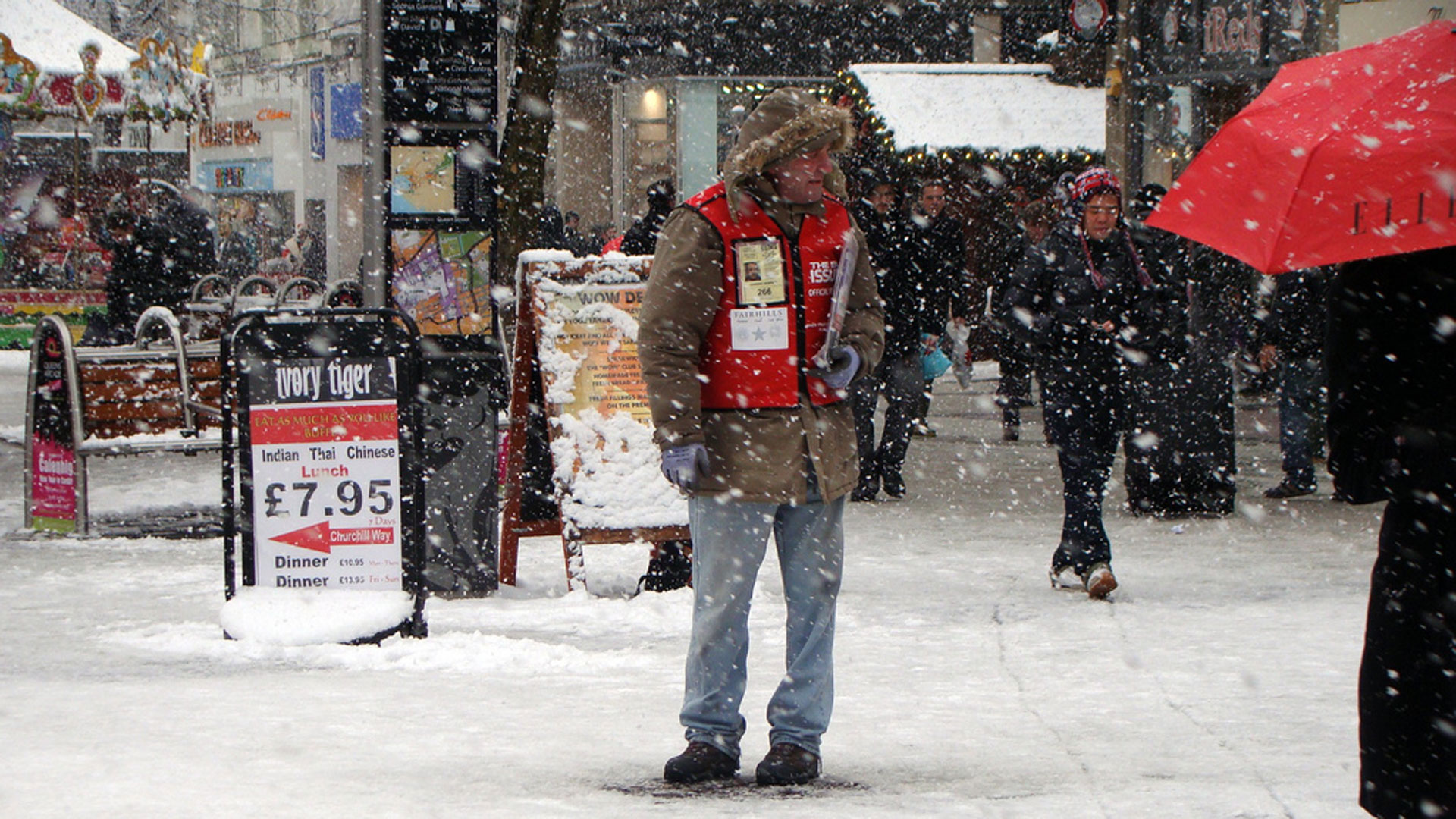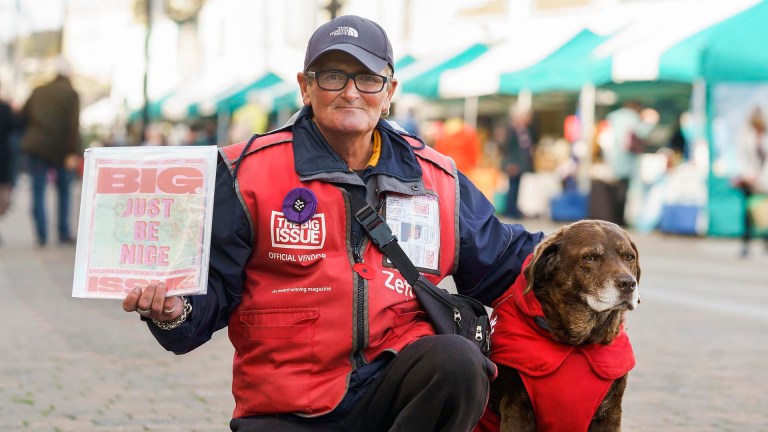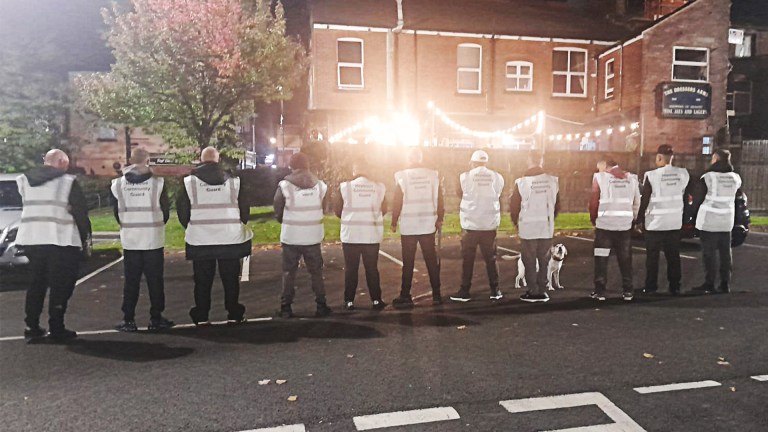During the bitter cold of the last, long winter, some deaths hit the headlines, including that of a man who died close to the Palace of Westminster.
There is no official record of when, where or how people die homeless in the UK
While there has been public outcry over recent homeless deaths, the Bureau found that there is no centralised database that logs these cases. We spoke to councils, hospitals, coroners’ offices, police forces and charities, and found that there is no official record of when, where or how people die homeless in the UK.
Often, local journalists and charities are the only ones that log and record these deaths, but outside of London, this is not centralised. Therefore, our recording so far, is likely an underestimate.
The Dying Homeless project aims to address this lack of data, by reporting on homeless deaths when they happen. Jeremy Swain, Chief Executive of homelessness charity Thames Reach, welcomed the initiative, saying: “To systematically record the number of deaths of rough sleepers in order to gauge the scale of the problem and investigate trends will be of enormous practical value as a means of raising awareness and finding solutions to reduce the appalling cull of people living without a home in entirely unacceptable conditions.
“It is extraordinary and unacceptable that nationally data on rough sleepers is so limited,” Swain added.
Petra Salva, St Mungo’s Director of Rough Sleeper Services, said: “It’s a scandal that people are dying on our streets. St Mungo’s would welcome more nationally collated, robust statistics around rough sleeper deaths.”
Advertising helps fund Big Issue’s mission to end poverty
The Bureau found that at least 59 men and 16 women, died while homeless since 1 October 2017 to date, in three cases the gender is not known due to lack of public information.
The ages of those in our database so far range from 19 to 68 years old. Fourteen deaths were of people 35 years old or under.
The deaths recorded by the Bureau occurred on the streets, in temporary accommodation or in hospitals after people were found ill on the streets.
Twelve deaths have been logged in Brighton and many of those were recorded by Dr Tim Worthley of Arch Health, who has been keeping his own log of deaths in the area. He is aware of 11 men and women that have died since October 1 2017, from the date which the Bureau project is starting its count. The Bureau later found a case of another man who had died there. All have been included in the Bureau’s dataset.
“I felt that I was seeing people that maybe nobody else was seeing, and then they were dying and it felt like there was no marking of their life or their death,” Worthley told the Bureau. “At least if I wrote their names down that gave them some sort of posterity, it marked them in some small way,” he added.
The Bureau has found a number of causes of death in its current figures, including overdoses, suspected suicide and accidents.
Advertising helps fund Big Issue’s mission to end poverty
Experts have told the Bureau the drivers behind the rise in rough sleeping are complex. Factors like national cuts to mental health services, a lack of regulations around private renting landlords refusing to take those on the new Universal Credit benefit system, combine with cuts to Adult Social Care across local councils.
Prime Minister Theresa May has pledged to halve rough sleeping by 2022 and eliminate it totally by 2027.
Responding to the Bureau’s findings, a government spokesperson said: “Every death of someone sleeping rough on our streets is one too many. We are taking bold action and have committed to halving rough sleeping by 2022 and eliminating it by 2027.
“We are investing £1.2bn to tackle all forms of homelessness and earlier this month the Homeless Reduction Act, the most ambitious legislation in this area in decades, came into force.”
The Bureau is asking the public and those working for and with homeless people to help to fill in the blanks and help record any future deaths. Anyone with knowledge of someone who has died while homeless can pass on details at: bit.ly/dyinghomeless









